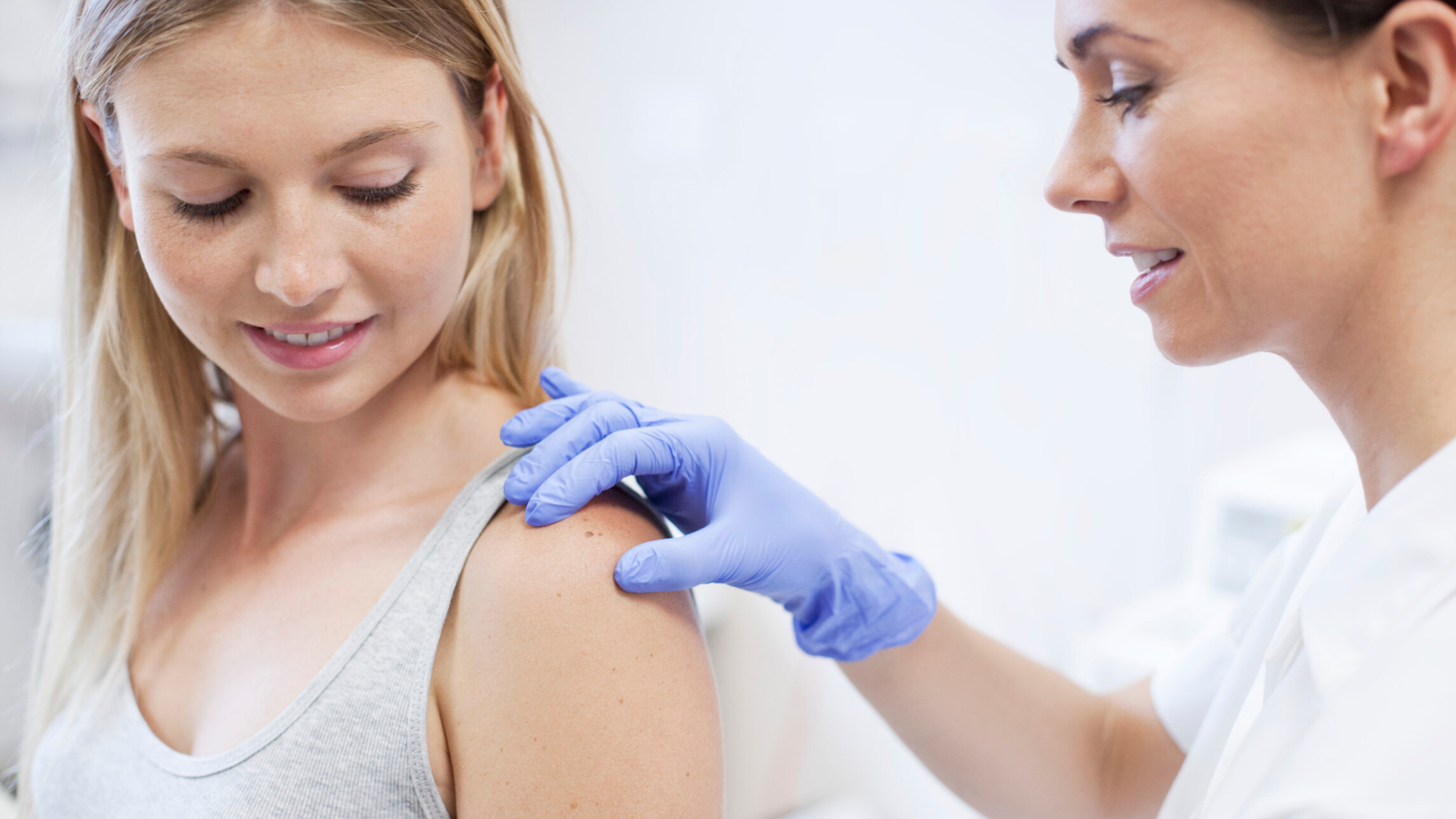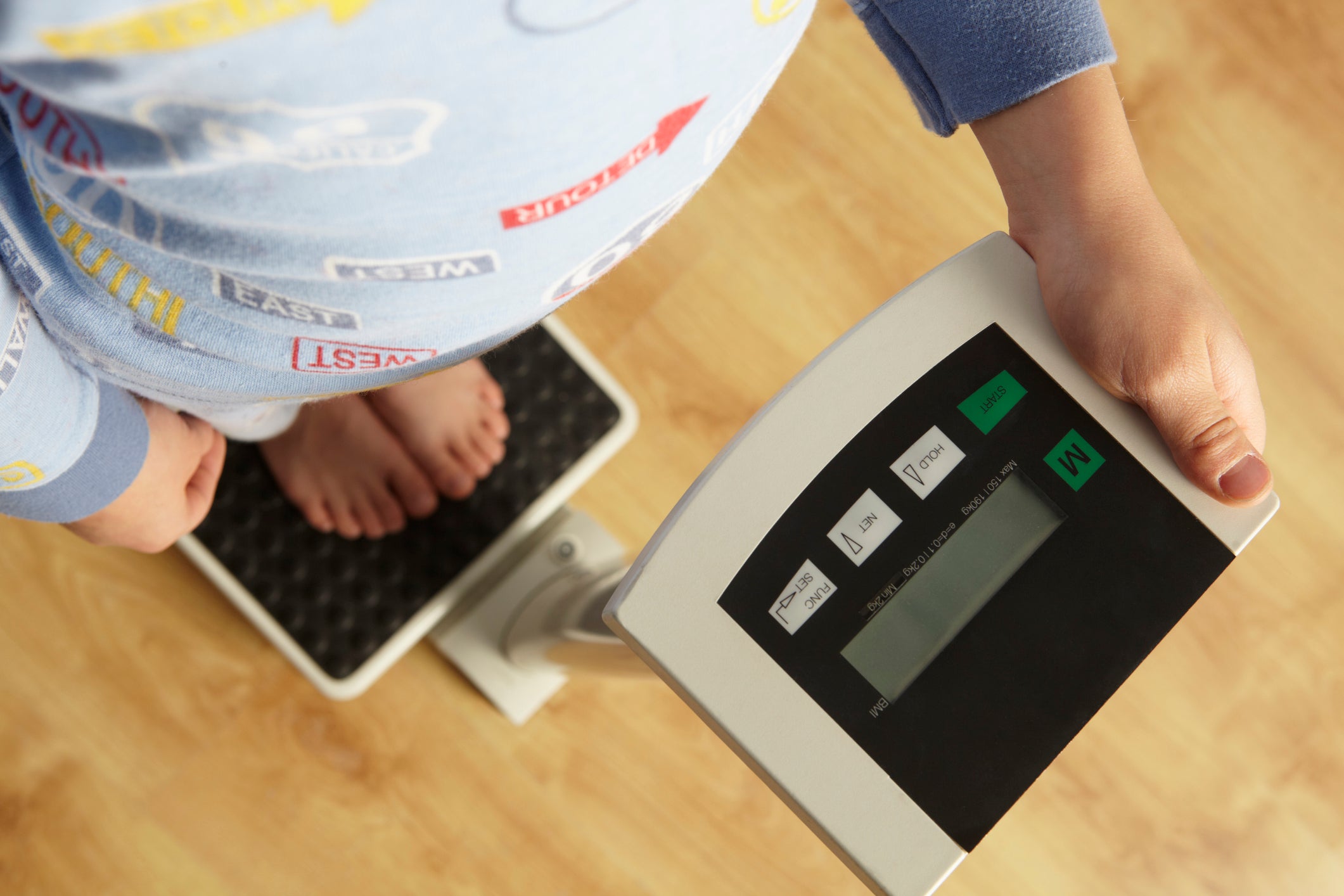Since mid-March, the everyday lives of most people in northeastern Oklahoma has changed drastically. With the outbreak of COVID-19 Coronavirus, much of the focus has been on protecting our physical health. However, this event has also lead to psychological or emotional issues like stress, anxiety and panic. Symptoms of these concerns may include:
Anger or irritability Sadness or depression Feeling overwhelmed Loss of concentration Trouble sleeping Appetite changes Increased use of alcohol or other substancesThese emotions can be challenging for both adults and children. Those... Read More »










